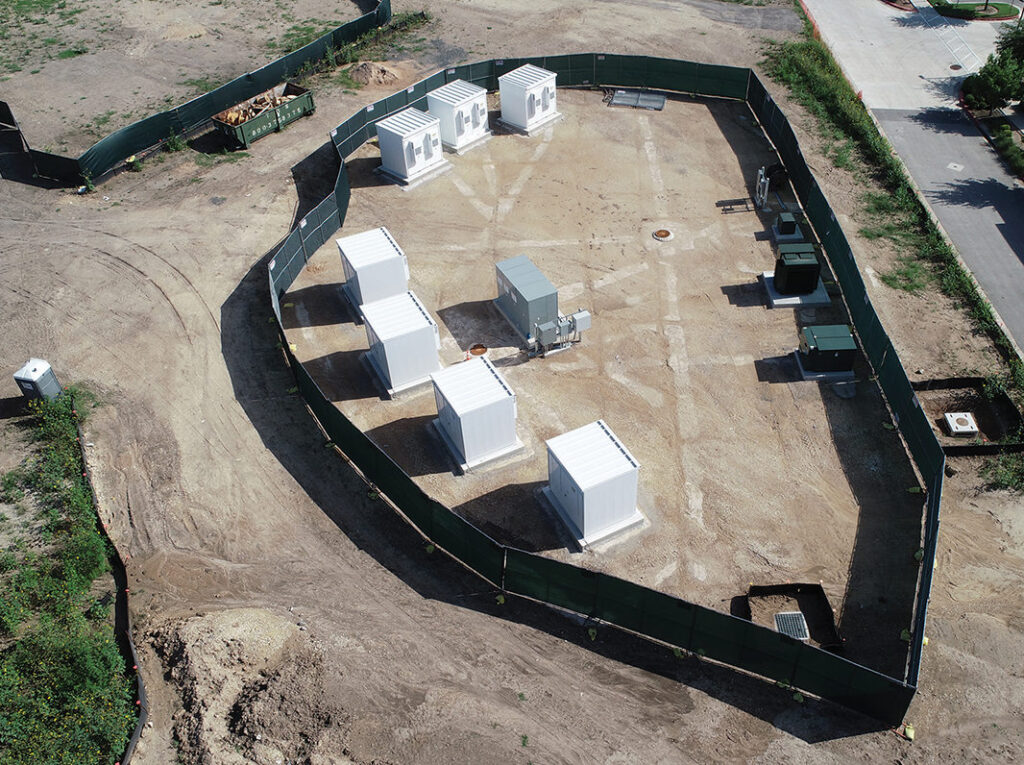Using data science to break down program silos and better serve your customers

What if you could double the performance of your utility’s program portfolio without increasing marketing spend? The development of new technologies and new ways of applying data science can make this a reality for utilities and help enable customer-centricity with personalized offerings— engaging customers with an “audience of one” approach.
Countless hours go into designing and deploying customer-facing programs, addressing important areas such as energy efficiency (EE), distributed energy resources (DER), rates, billing and payment plans, electric vehicles, and more. Traditionally, once the program is designed and launched, utilities leave it up to the customer to make a purchase decision—an approach that systematically underserves the majority of customers. Utilities need to start asking themselves an existential question about how they are approaching their programs: Are programs designed to generate the most energy impact? Or are they just focused on hitting defined participation goals or regulatory requirements?
As customer resources like demand response (DR) are used to replace more expensive traditional grid asset investments, the days of focusing solely on participation or deemed savings are quickly coming to an end. Utilities should start focusing on the overall energy impact of these programs—a meaningful metric that shows benefits at both the system and distribution levels. A program that signs up 100,000 customers but doesn’t move the needle for energy impact doesn’t bring tangible benefits to the utility. And in order to replace traditional grid resources with customer resources, those customer resources need to pack the same punch as what they’re replacing.
The best way to approach this is by using data to determine if the right programs are being offered to the right customers, identifying who is being underserved by the current portfolio, and bundling programs for specific customers to drive the most energy impact—an approach that ultimately results in a customer-centric portfolio.
It’s important to give customers the ability to sign up for what they want, but this opportunity to identify which customers are the best fit for each program, and then nudge those customers along towards choosing those programs, will bring the most value to both the customer and the utility.
Identify program opportunities before applying propensity modeling
Historically, utilities have operated with a program-centric mindset—designing programs to achieve regulatory objectives before really considering which customers will be best-served by the program. When teams don’t communicate about who’s being targeted by their program, and customers are left to blindly choose the program that’s best for them, it presents two very big challenges for the utility:
- The customer may choose a program that is not a great fit instead of choosing a program which provides better value to both the customer and the utility.
- Customers can experience choice overload effect—“analysis paralysis” as some call it—when presented with too many programs to choose from.
How can utilities address these challenges and ensure they’re considering the best interests of the customer and the utility when planning and designing their programs? They can start by leveraging program opportunity identification—aligning customers with the programs that will have the biggest impact on them individually and increasing the value proposition. This customer-centric approach of analyzing the portfolio ensures that programs are designed in the best interest of customers from the start, and it’s the first step to take before applying additional data science methods such as propensity modeling.
Apply predictive data science to your entire portfolio to match customers with the right programs
Research shows that customers on average spend about 8 minutes per year thinking about their utility, the majority of that time being the 45 seconds or so per month they spend looking at their bill. So asking someone to make a decision about which programs will best meet their needs is asking a lot and isn’t really feasible. Many customers will look to guidance from their utility as the energy expert, but if they receive too many options or conflicting program advertisements, they are likely to disengage. In behavioral economics this idea of having too many options, even if some or all of those are good options, is known as the Choice Overload Effect.
In a famous study from Columbia University, a research team set up a free sample booth for customers to try jams. Some of the customers were offered 24 jam options, while others were offered just six jam options. The natural assumption is that with more variety, there is a higher probability that customers will find an option they prefer, but the opposite occurred. When offered 24 options, only 3% of customers purchased a jar compared to the 30% of customers who bought jam when they were only given six options.
The utility portfolio approach to data science ensures that customers are served up curated offerings of the products and services that will best meet their needs. It helps make the decision to sign up easier for the customer and results in increased program participation, better results, and high customer satisfaction, all without increasing marketing spend or launching expensive advertising campaigns to an overly broad audience.
E Source Data Science (formerly TROVE Predictive Data Science) helps utilities take their vision of optimizing their current program portfolio and make it a reality by analyzing the utilities’ current customer offerings across EE, DER, DR, time-of-use rates, and more and combining them with our proprietary data sets. Data at the individual customer level—things like lifestyle, behavioral information, living situation, financial information, social media, the size of their house, how big their family is, etc; is combined with utility customer data. Using AI and machine learning algorithms, these data points can be tied together to create a “propensity to sign up score” that scores each individual customer on every program in the portfolio to figure out which ones are right for them. In addition, your customers are grouped into micro-personas for each individual program to enable more personalized engagement tailored to the individual customer—the audience of one.
This holistic approach to optimizing your program portfolio, part of the E Source OneInform suite of customer-centric data science solutions, can elevate the programs offered by your utility and ensure alignment with the goals of the organization. Save money, increase program participation, support regulatory filings with detailed data, and get better results. And the icing on the cake? Happy customers who are making confident decisions about which programs they want to participate in.
For more information, please visit E Source’s Data Science page HERE!
About the author
Tom Martin, Managing Director of Product, E Source Data Science
Tom Martin is an electrical engineer turned people leader and strategic leader. As managing director of product, he works directly with clients on the execution of E Source Data Science projects. Prior to E Source, Tom worked at Pacific Gas and Electric Co. (PG&E), where he led the implementation of new technology and analytics in support of PG&E’s electric operations as the utility looked to reduce operational costs, improve safety, and increase reliability in support of grid modernization.





